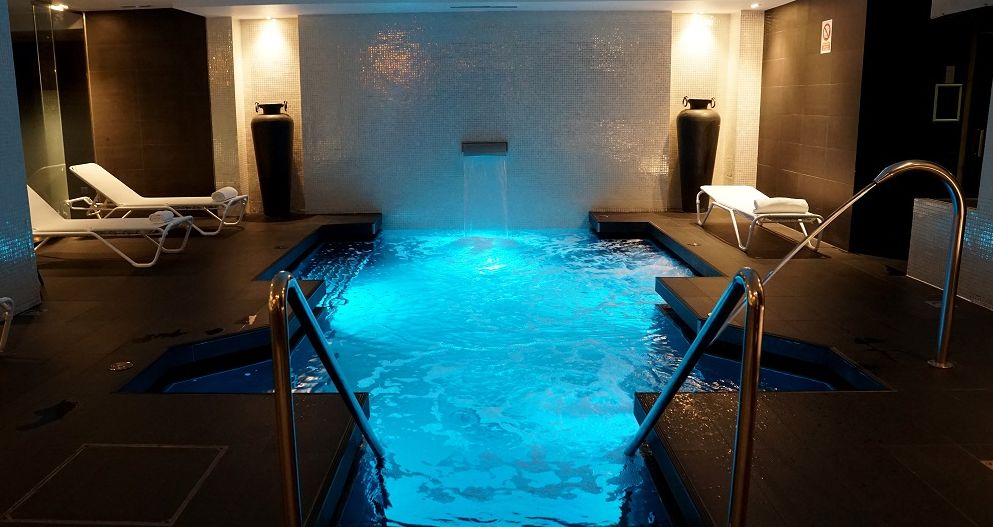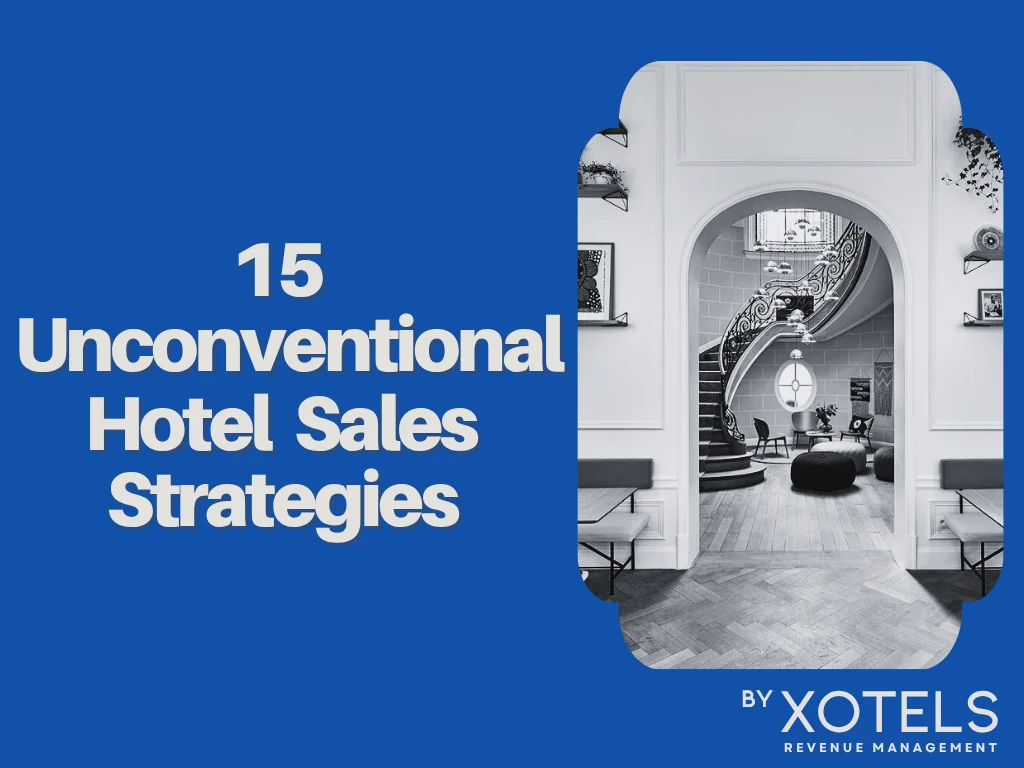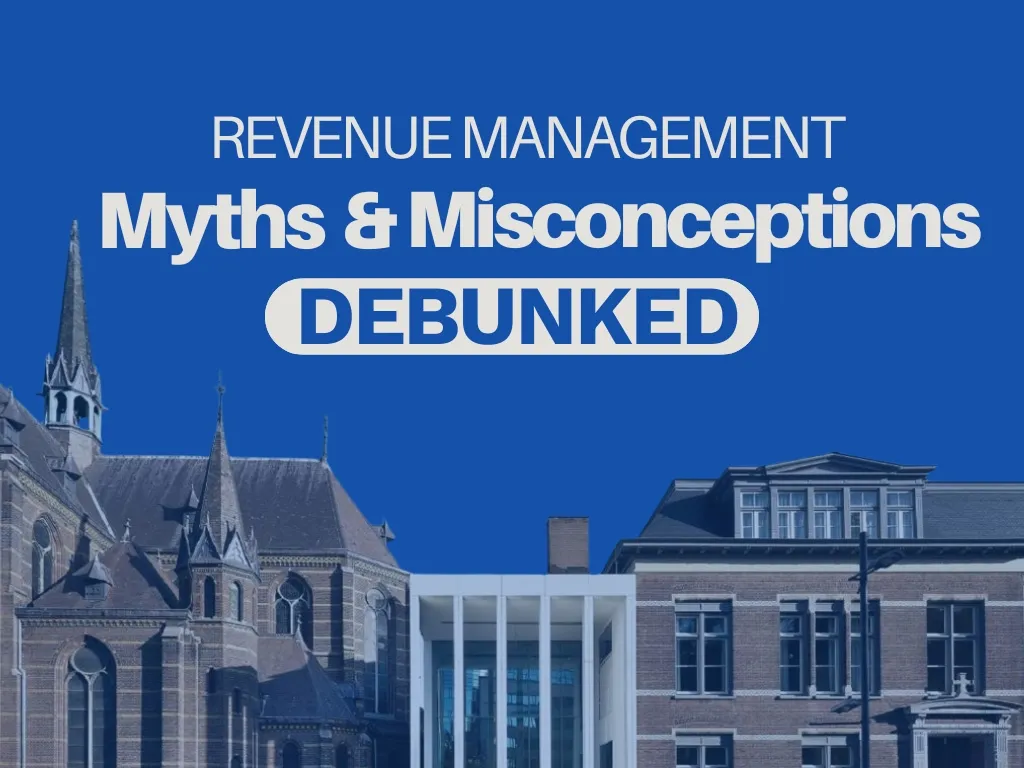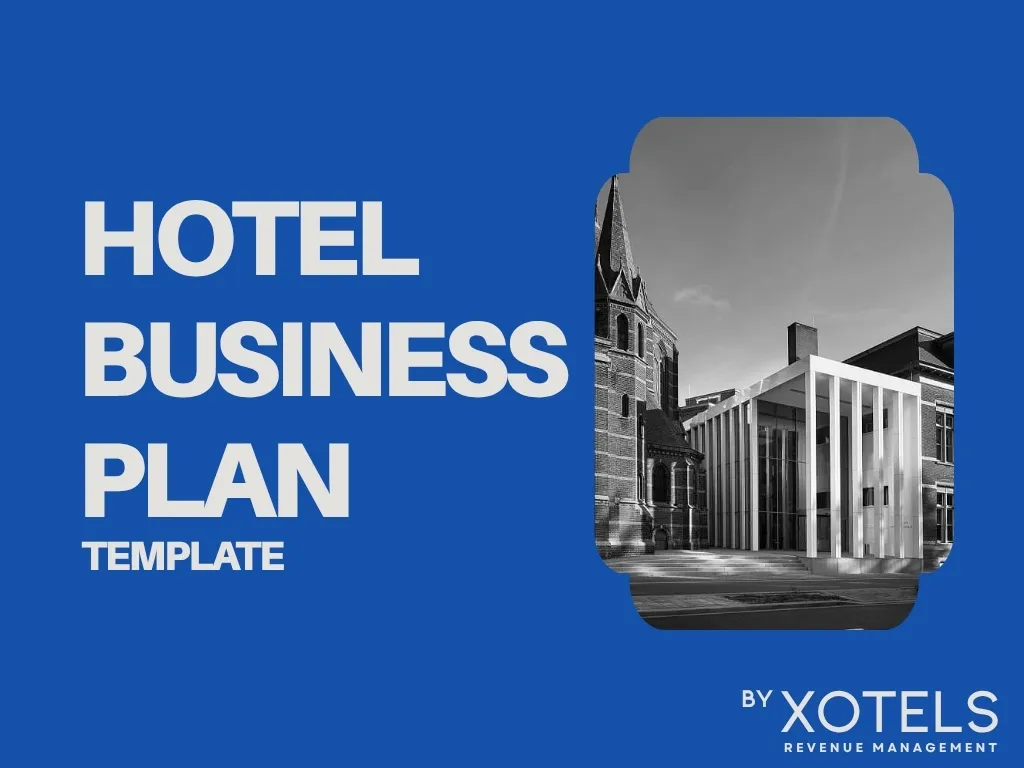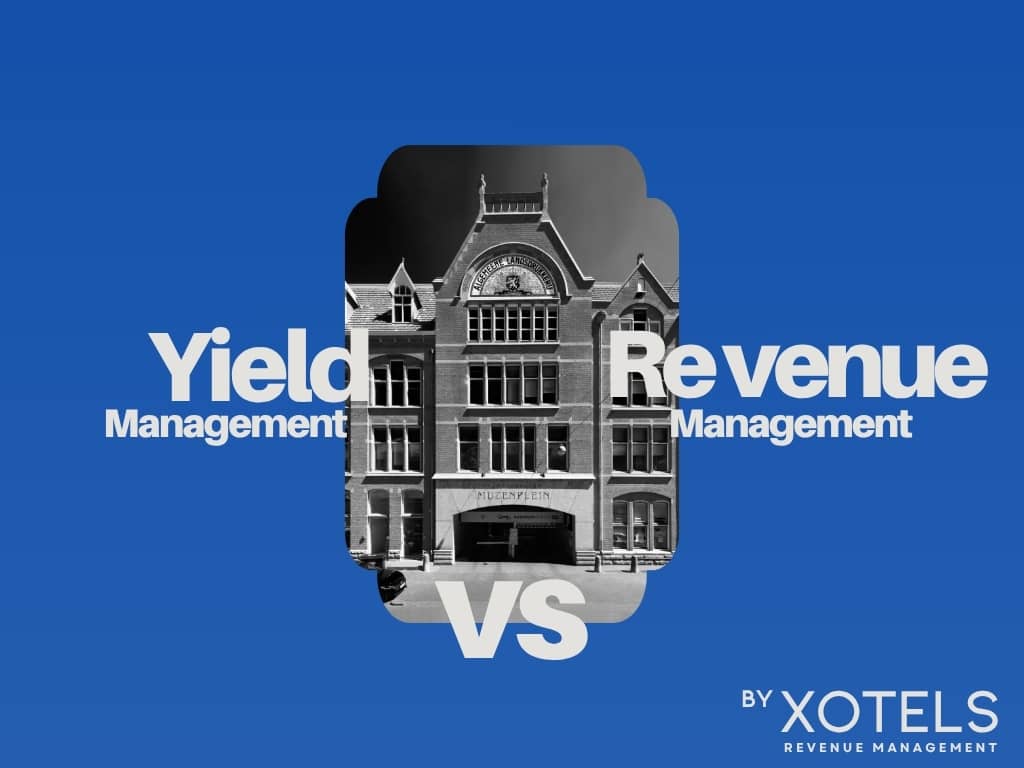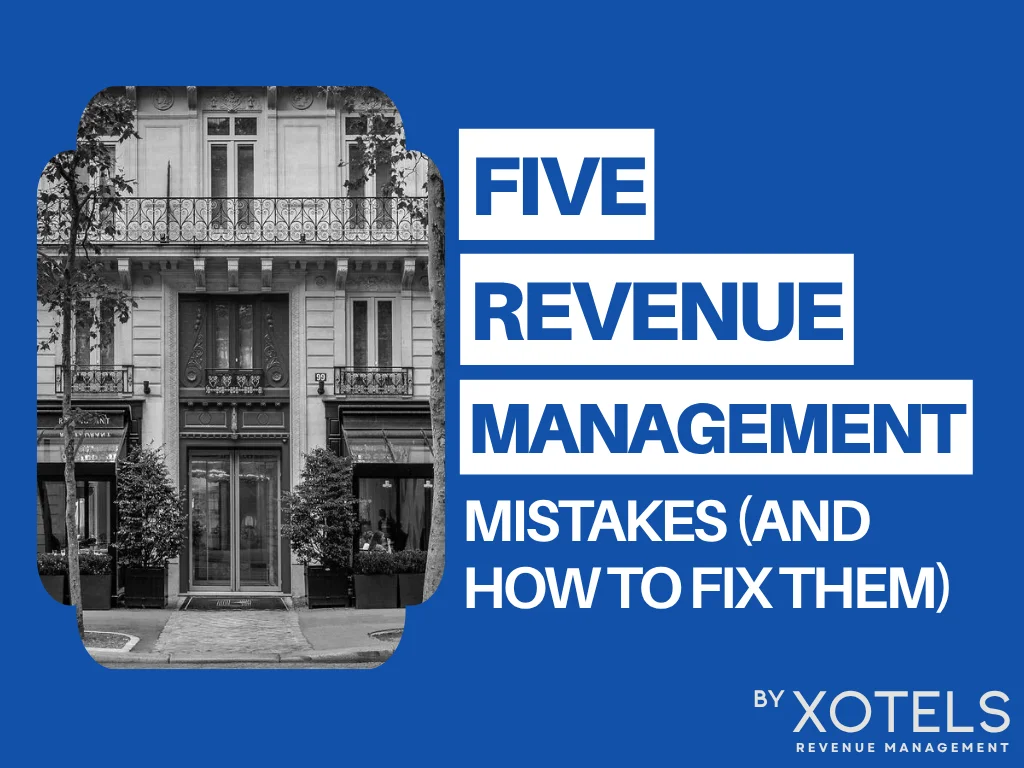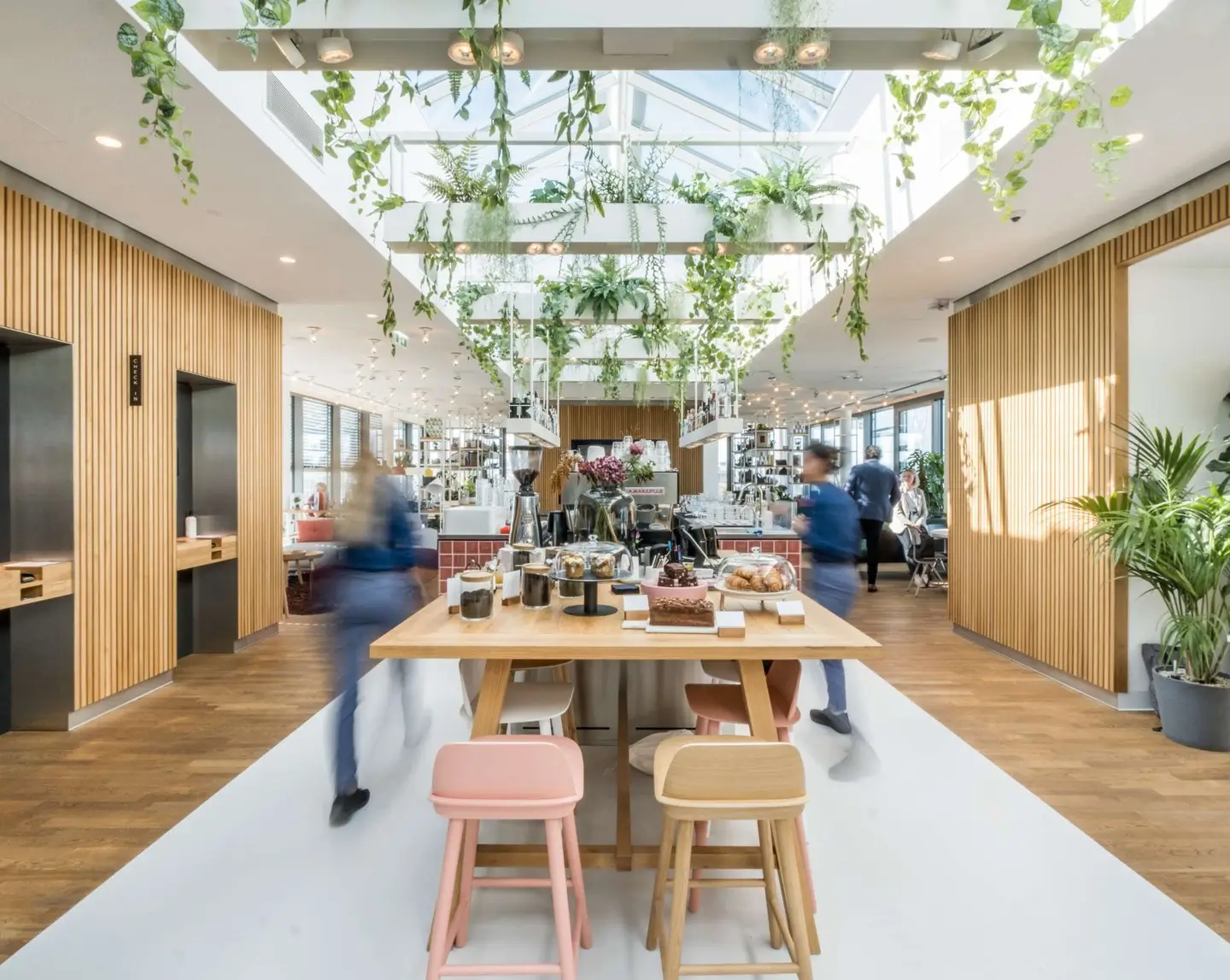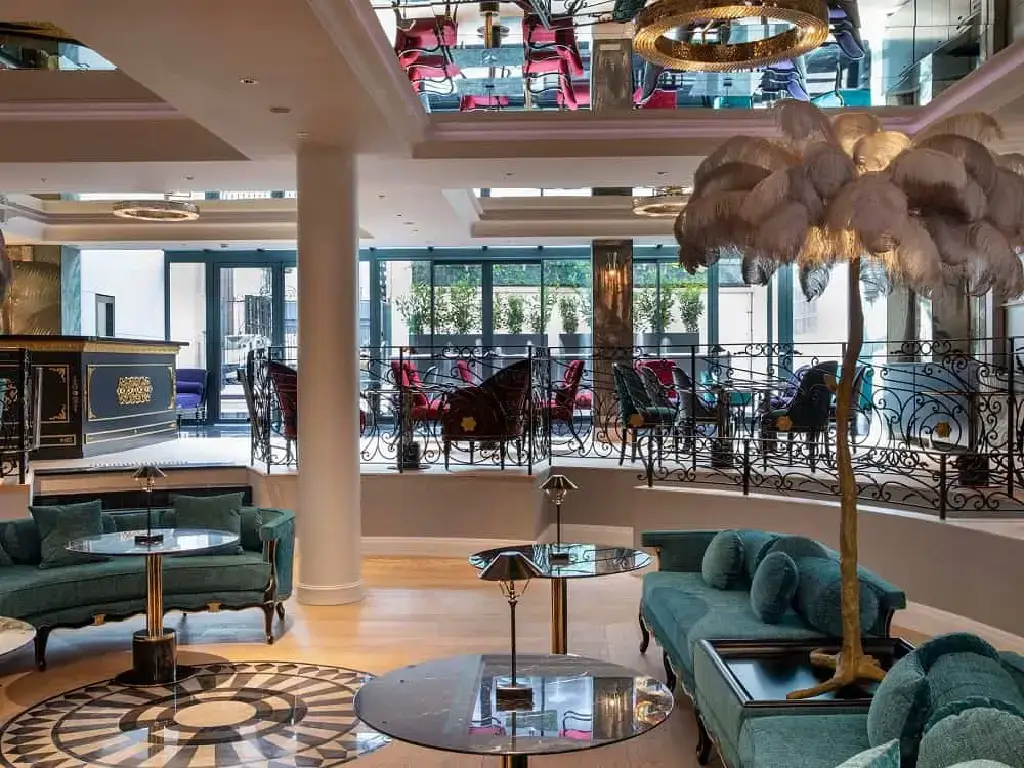The Future of Revenue Management = Total Revenue Management
Hotel revenue management consulting revolves around the comprehensive optimization of all revenue streams within a hotel, a concept commonly referred to as Total Revenue Management. It is a much-discussed concept in hospitality, but in reality it has produced a great deal of confusion. Put simply, it is the revenue management of all revenue sources in a hotel. From your RevPAR and GOPPAR to the hotel restaurant, and from the bar, spa and gym to activities and excursions, it encompasses every single hotel income stream.
Let’s dive in and see how this can be done …
In this article you will learn about:
- Maximizing all your revenue streams
- Optimizing guest spend during their stay at your hotel
- Developing a company-wide total revenue management culture
1. Optimize all your hotel’s revenue streams
To integrate a revenue management solution that produces enhanced performance, it is essential to review and optimize each and every one of your revenue sources. These include, but aren’t limited to, the following:
i. Rooms
The central revenue driver of any hotel, optimization of room receipts is of course critical to your success. But, is your room revenue performance as good as it can be? Do you carry out periodic reviews with new industry developments front of mind, to drive higher revenues? Where can improvements specifically be made? Are you looking at top line revenue as well as profitability, and using KPI‘s like REVPAR, NREVPAR and GOPPAR? These are just some of the questions that underpin successful hotel revenue management execution.
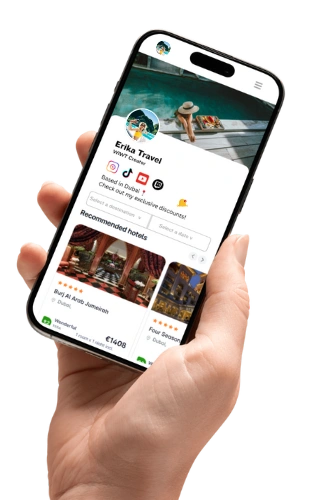

SELL MORE HOTEL ROOMS
SELL MORE HOTEL ROOMS
via the WIWT Affiliate Network.
via the WIWT Affiliate Network.
ii. Food and beverage
This typically comes from three distinct but interrelated areas: your hotel restaurant, bar, and room service. A review may include a guest survey, which can indicate how satisfied your patrons are and how you can improve. The more specific it is, the more insights you can glean that can power a revitalized strategy. For instance, consistent feedback on food and drinks quality, your price points, service, ambience, overall experience, and potential promotions can prove crucial in the success of your food and beverage division.
Some food and beverage KPIs to focus on as part of a revenue management strategy include:
- REVPASH (Revenue per available seat per hour)
- Time per table turnaround
- Number of customers
- Seating efficiency
- Basket analysis
- Staff Productivity (front house and kitchen)
- Develop your menu according to the menu engineering method
iii. Corporate events, spa, leisure and other revenue drivers
Renting out space for corporate events such as meetings, conferences and even a coworking office, as well as offering corporate training events, talks and classes are all potentially lucrative revenue streams. Doing so also allows you to push revenues elsewhere, in particular from food and beverage, while offering promotional opportunities for other services.
If other revenue streams are not fully leveraged, you can design promotional campaigns both for staying guests and, if applicable, non-boarding customers from the local area. This applies to business areas such as, where applicable, the hotel spa, gym, golf course, and unique events and excursions that you may offer.
Typical revenue management KPI focus examples from these departments include:
Meeting rooms
- Revenue per square foot/metre
- Attendee density
- Revenue per attendee
Golf
- Occupancy percentage
- Revenue per available round
- Average rate per round
- Channel mix percentage
Extra note: click for our article on Spa Revenue Management
2. Increase your guests’ spend during their stay
Quick turnaround of guests where they stay a shorter period of time can generate more revenue for in-demand hotels, as they are generally more likely to spend a higher amount per day of their stay within a tighter timeframe, compared to a longer stay, where purchasing power may need to be stretched.
However, leaner periods, where hotels struggle to complete room occupancy levels, offer the perfect time to integrate offers across your service suite with the end-goal of driving guest expenditure.
This can include, for instance, food promotions such as a set evening menu, happy hour on drinks, a special spa rate between specific hours, and reserving additional nights for an incremental discount on each additional date booked.
During periods of full or near-full occupancy, efforts can be made across all hotel divisions to take advantage of upselling and cross-selling opportunities.
The overall goal is to entice your guests to shake their wallets or purses a little harder across all hotel services, while of course doing so to enhance their experience. Therefore, it is of fundamental importance to ensure that any guest spend optimization tactics are carried out without risk of reducing satisfaction levels.
Rather than a primary focus on driving revenues, a consequence of a culture of enhancing guest experience through intelligent upselling, cross-selling, and promotions is to produce the former anyway.
Uncover the hidden revenue potential of your hotel
or resort.
3. Develop a company-wide total revenue management culture
A pervasive focus on total revenue management across your hotel can create the foundation necessary for subsequent growth. From central revenue drivers such as rooms and food and beverage right down to more peripheral income generators like vending machines, and sales of printed photos and groceries, an instilled workforce focus on revenue management has formed the bedrock of the overall strategy’s success.
And this doesn’t just mean the management team. Spreading the concept of revenue management ownership throughout your workforce, from department managers to supervisors, and from entry level positions to part-time or casual staff can have a powerful impact.
Wrapping up
The payoff of integrating a total revenue management strategy can be great, leading to heightened revenues across all your hotel’s services and products. In the end it is all about understanding your guests (data management), your segmentation and to place the reasons for implementing total revenue management at the centre of your decision-making process.
Need help in hotel management or hotel revenue management consulting? Contact XOTELS experts!
More Free Resources
Popular Posts
Blog Categories
Share This Story, Choose Your Platform!

About the Author:
As CEO and Founder of XOTELS, Patrick Landman has made it his mission to turn hotels and resorts into local market leaders. XOTELS´ diverse expertise and deep-knowledge across revenue management consulting, hotel management, and hotel consulting, enables us to drive results for independent boutique hotels, luxury resorts, and innovative lodging concepts. Below you will find opinion articles written by Patrick Landman.




